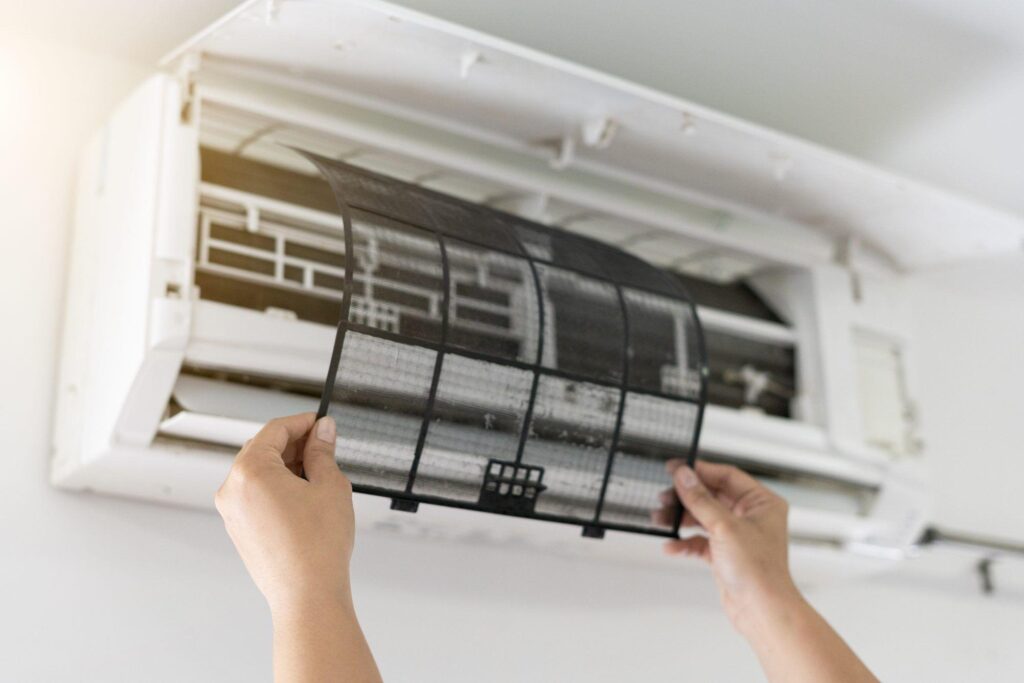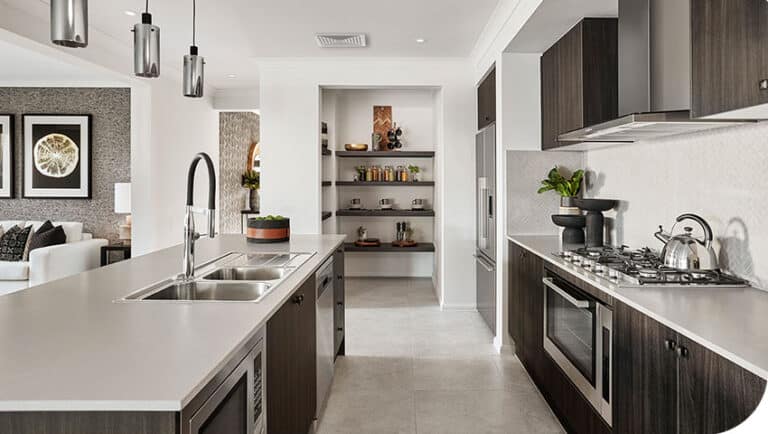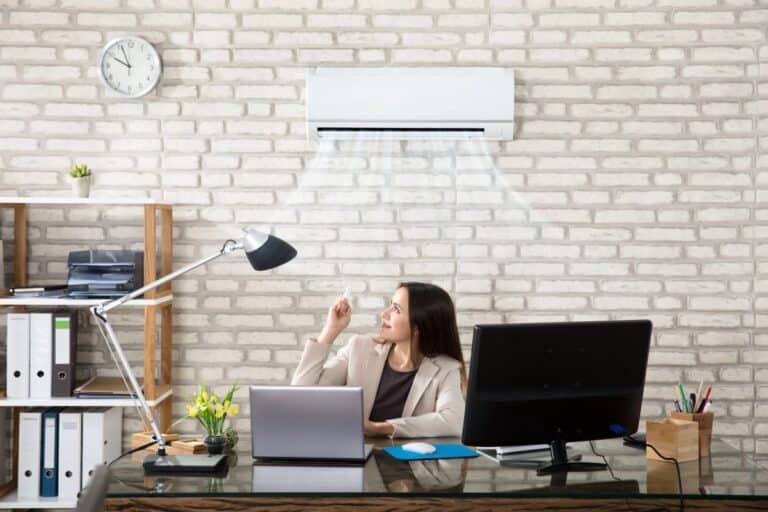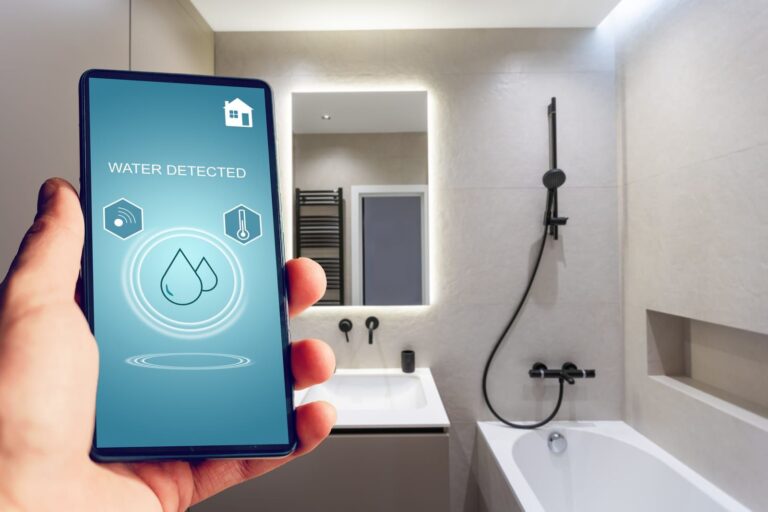Why Daikin Air Conditioner Maintenance Matters in Australia
Daikin air conditioners are widely regarded as one of the most reliable and energy-efficient cooling and heating systems available in Australia. Whether you live in the humid north, the dry interior, or the temperate southern coast, Daikin units are designed to handle Australia’s diverse climate conditions.
However, like any high-performance appliance, regular maintenance is critical to ensure your system operates efficiently and lasts as long as possible. Even the best air conditioning system can experience reduced cooling output, higher electricity costs, and increased wear and tear without proper servicing.
In this guide, we explore the ins and outs of maintaining your Daikin air conditioner in Australia—from simple DIY upkeep to knowing when to call in a professional.
How Often Should You Service Your Daikin Air Conditioner in Australia?
The recommended frequency for servicing a Daikin air conditioner in Australia depends on how often the system is used, where it is located, and the surrounding environmental conditions. For most homes, a full professional service should be carried out at least once a year.
However, twice-yearly maintenance is ideal in areas with high levels of dust, pollen, coastal salt, or frequent use—such as in Queensland or Western Australia’s mining regions. It’s best to schedule servicing in the spring before the summer heat sets in and again in late autumn if the unit is used for heating during winter. Routine inspections help detect potential issues early and keep your Daikin unit running at peak efficiency throughout the year.
Key Components to Inspect During Daikin Air Conditioner Maintenance
Filters
The air filters are one of the most crucial parts of your Daikin air conditioner when it comes to indoor air quality and system efficiency. Over time, dust, hair, and airborne pollutants accumulate in the filters, reducing airflow and making the unit work harder than it needs to. This not only increases your energy bill but also puts unnecessary strain on the components.
In most Australian households, filters should be cleaned every one to three months, especially during periods of high use. Cleaning can usually be done by the homeowner with a vacuum or mild detergent wash, but replacements may be necessary if filters are damaged or heavily clogged.
Coils and Fins
Both the evaporator coil (located inside) and the condenser coil (usually outdoors) play a vital role in heat exchange. When these coils are dirty, airflow becomes restricted, leading to reduced cooling performance. The Australian climate, particularly in coastal and dusty inland regions, can cause accelerated buildup of dirt and corrosion.
Cleaning these coils requires more care, especially with the aluminium fins that can easily bend or break. In areas with salty air, applying an anti-corrosive coating or investing in units with protective coil treatments is highly recommended.
Drainage and Condensate Lines
Blocked drain lines are a common problem in air conditioners, often leading to water leaks and mould growth inside the home. During humid summer months in many parts of Australia, especially the eastern seaboard, condensate levels are high, and drain lines can quickly become clogged with sludge or algae.
Part of regular Daikin maintenance should include checking the drainage system to ensure there are no blockages. A quick flush of the condensate pipe or a vacuum extraction can help prevent overflow and damage to surrounding walls or ceilings.
Thermostat and Controls
The control unit is your primary interface with the air conditioner. Whether you are using a traditional wall-mounted controller or a Daikin smart system integrated with Wi-Fi, it’s important to ensure the thermostat is functioning accurately.
If the system isn’t responding correctly to settings or is displaying error codes, this could point to electrical faults, outdated firmware, or sensor issues. Testing the temperature response and updating smart controls during maintenance can significantly enhance the performance and comfort of your system.
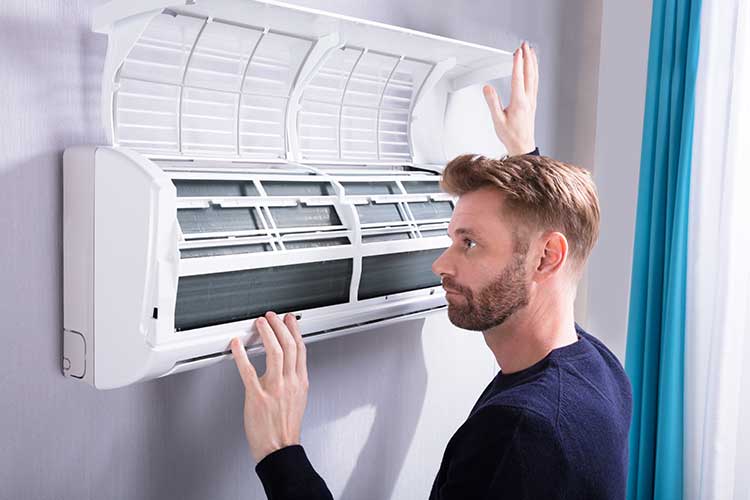
DIY Daikin Air Conditioner Maintenance Tips for Aussie Homeowners
Simple Monthly Checks You Can Do Yourself
There are several maintenance tasks Australian homeowners can undertake to prolong the life of their Daikin system. Start with a basic exterior inspection of the outdoor unit—clear away leaves, dirt, or debris that may restrict airflow. Next, check and clean the filters as mentioned earlier. If your system includes a Wi-Fi controller, check for software updates or usage logs that might indicate irregular performance. Make sure all vents inside the home are unobstructed and that no furniture is blocking the air distribution path.
When to Call a Professional Daikin Technician in Australia
While some maintenance tasks are safe for homeowners, others should be handled only by licensed HVAC professionals. In Australia, handling refrigerants or performing electrical diagnostics must be done by technicians certified by the Australian Refrigeration Council (ARC).
If your Daikin air conditioner is not cooling effectively, making strange noises, or displaying persistent error codes, it’s time to call a qualified Daikin technician. A licensed technician can perform a deep inspection, check refrigerant pressure, test electrical components, and ensure compliance with Australian safety standards.
The Cost of Daikin Air Conditioner Servicing in Australia
Servicing costs for Daikin air conditioners vary depending on the unit type (split system, ducted, multi-head), location, and the technician’s call-out fees. For a basic residential split system, expect to pay between $150 and $250 for a full annual service. More complex systems, such as ducted air conditioners or VRV setups, may range from $250 to $500 per visit.
While this might seem like a significant outlay, the cost of regular servicing is much less than repairing or replacing a neglected unit. Preventative maintenance often pays for itself by improving energy efficiency and extending the lifespan of your system.
Finding a Trusted Daikin Air Conditioner Maintenance Specialist in Australia
What to Look for in a Service Provider
Finding the right service technician is essential for effective and reliable maintenance. Look for a provider who is Daikin-authorised or has extensive experience working with Daikin systems. Ask about licensing, ARC registration, and insurance coverage.
A reputable technician should provide a full inspection checklist after each service and offer transparent pricing. Check online reviews and testimonials to ensure past clients have had a positive experience.
Why Location Matters: Local Knowledge for Australian Conditions
Australia’s regional diversity means that maintenance needs can differ dramatically. In the tropics, technicians should be familiar with issues caused by high humidity and mould, while those servicing inland homes need to understand the effects of dust and dry heat on system performance.
Coastal areas pose their own challenges, with salt corrosion requiring special attention. Choosing a local technician with regional knowledge ensures your Daikin air conditioner gets the specific care it needs to thrive in your part of Australia.
Common Maintenance Issues with Daikin Air Conditioners in Australia
Homeowners across Australia often encounter several recurring issues that stem from skipped or irregular maintenance. These include poor cooling performance, short cycling, water leaks, bad odours, and odd noises like buzzing or rattling. In many cases, these symptoms are caused by dirty filters, blocked drains, or neglected coils.
Error codes such as L5 (outdoor fan fault) or U4 (communication fault) can be diagnosed using the Daikin controller and usually require professional intervention. Regular servicing reduces the likelihood of unexpected breakdowns during peak summer heat or cold winter nights.
Extending the Life of Your Daikin Air Conditioner in Australia
Prolonging the life of your Daikin air conditioner comes down to consistency. Regular filter cleaning, seasonal professional check-ups, and staying on top of minor faults before they escalate will keep your system operating reliably. Homeowners should also make use of Daikin’s energy-saving features, like Econo Mode and programmable scheduling, to reduce strain on components.
If your unit is over ten years old and showing signs of ageing despite good maintenance, it may be time to consider a replacement with one of Daikin’s newer, more energy-efficient models that align with Australia’s minimum energy performance standards (MEPS).
Keeping Your Daikin Air Conditioner Running Smoothly Year-Round
With Australia’s varied and often extreme climate, your Daikin air conditioner works hard to keep your home or office comfortable. By following a consistent maintenance schedule, performing regular inspections, and knowing when to engage a certified technician, you can enjoy uninterrupted performance and lower running costs.
Whether you are in the heat of Darwin or the cool breezes of Melbourne, proactive care ensures that your Daikin system continues to deliver comfort, efficiency, and value long into the future.
